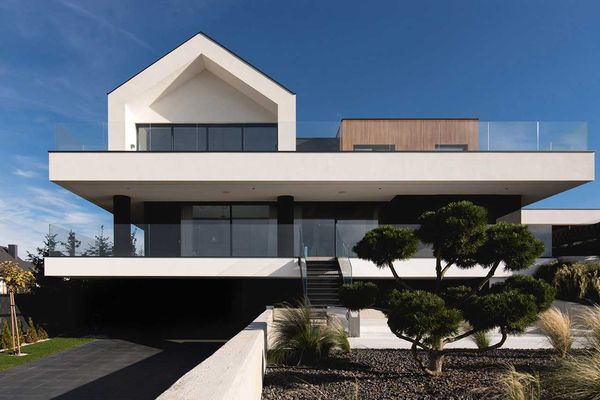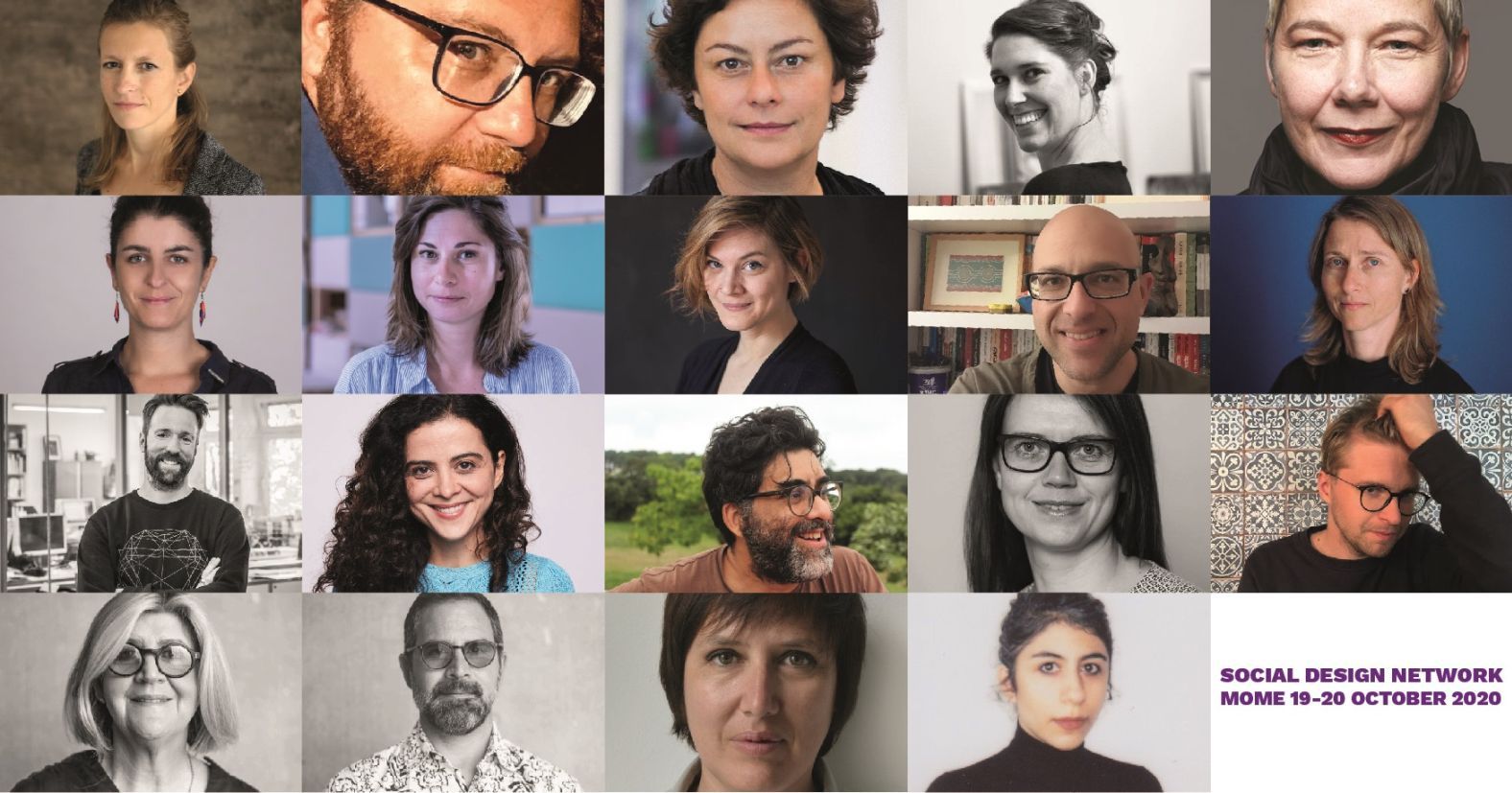Social responsibility has always been at the core of the creative work of Moholy-Nagy University of Art and Design, but what role does design have in solving social inequalities and real problems? MOME’s Social Design Network initiative launched in October explores this issue: by joining forces with eleven European partner universities, they work on deepening and promoting the practice of social design. We asked the minds behind the initiative, MOME Innovation Center researchers Bori Fehér and Rita Szerencsés about the project. Interview!
We often face the fact that the concept of social design is not clear to everyone.
Bori Fehér: People often thinks of glamour, shape and aesthetics when hearing the word design, yet design is basically about problem solving. Designing a cool car could be a design task, but design also helps us find answers to questions like the connection between the decrease in school attendance and menstruation in Africa, where the SHE Pads project focuses on this issue exactly. In our Care Packs project, we are looking to answer the question of how design can contribute to helping disadvantaged groups with minimal resources and downloadable guides.
Social design is essentially an approach, which has formed a part of our lives since the industrial revolution in one way or another. The core of the approach is to focus problem-solving thinking on answering social-ecological questions and to focus on groups like the sick, the elderly and the physically disadvantaged. At other times, we are looking to answer the question of how, with what tools can a city become a children-friendly environment.
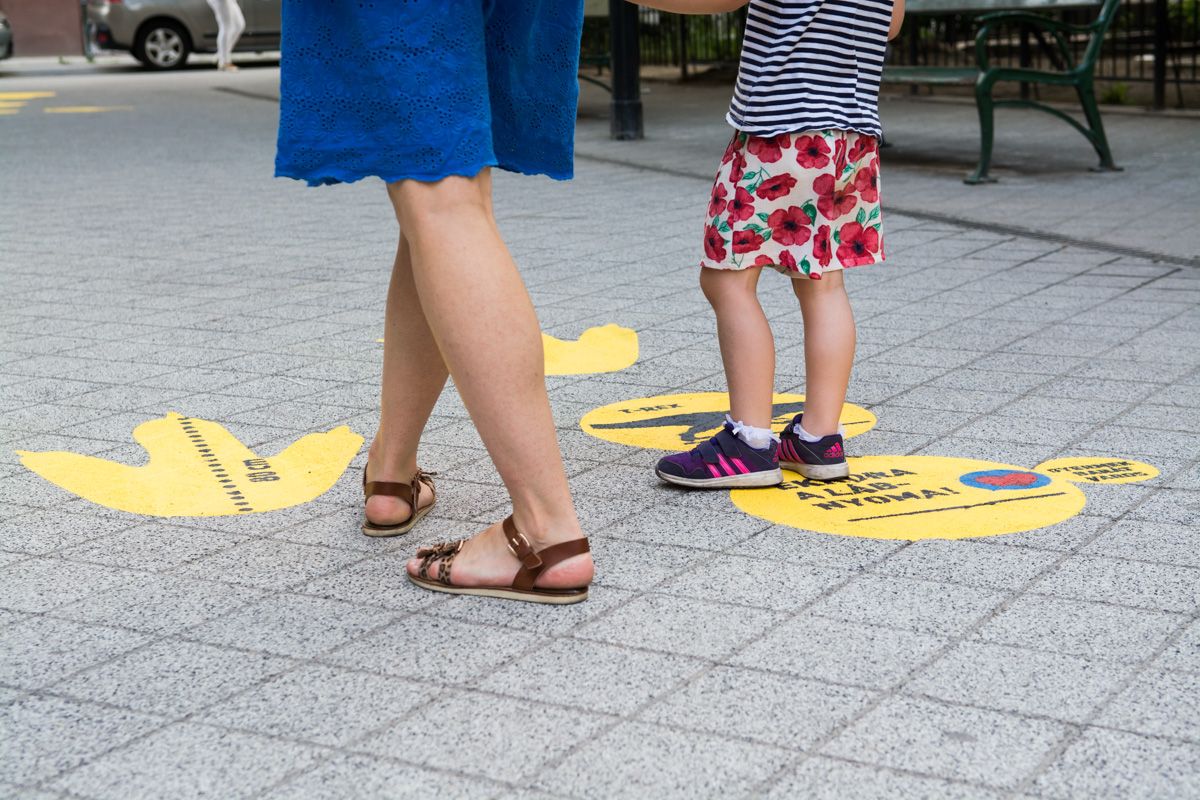
Where does your sensitivity and commitment to social design come from?
B. F.: I think designers have a special obligation in terms of social and ecological responsibility. Designers have a vast opportunity to create responsibly designed, forward-looking products, buildings and visual content with their knowledge in the 21st century.
I too was driven by this idea when I turned towards social design from the field of public building and interior design in a traditional sense. I think there are plenty of important issues here that need to be addressed – to me, social-ecological innovation and the interdisciplinary approach have more priority than designing new chairs or tables by putting field-specific solutions to use.

Rita Szerencsés: My personal interest and connection to the links between social topics and arts started back in my high school years, even though at that time I approached the field more from the side of performance art, from the field of drama and pedagogy in particular. In addition, I worked for several civil organizations where we basically helped disadvantaged youth based on peer-to-peer learning, using the tools of development through arts and sport.
I met the phenomenon of social design during my years studying at MOME. I considered it an exciting interdisciplinary area, in which I could utilize my experiences by also acquiring a new approach. Looking at it more sentimentally, my commitment is rooted in the belief that good things are created by a community of various people, through the meeting of different worlds, at the cost of long processes. I too believe that result and effectiveness are subjective: an object can be a tool for learning, development and helping, but so can the process itself – this is why I like the approach of social design.

The source of a problem to be solved is different in every region, city or smaller community, and so social design must be interpreted locally, i.e. depending on the socio-cultural environment characteristic of the given region. What is the advantage of the network format and what is your primary goal?
B. F.: Naturally it is important to view social design in the given eco-socio-cultural environment, as the majority of projects are implemented in these contexts. Yet we shouldn’t forget that many issues important in social design – including disadvantage compensation, the promotion of cultural accordance or the field of health, for example – gives rise to similar answers on a global scale in many aspects, or answers that can be applied in other contexts after certain adaptation processes.
To that and, knowledge sharing is of key importance in this field. Sticking to the example of the Care Packs, there is no need for others to design a completely new Baby Pack (downloadable preparation and assembly manual for baby care packs – the Ed.), they can adapt the existing one to their own field instead.

As to our goal with the network: social design is a continuously and dynamically changing field, and as such it is very important for the higher education institutions engaged in the topic to not only progress alone, independently from each other, but to cooperate by helping and supporting each other both on an European and a global level for the development of the field and its international recognition.
R.SZ.: As I have mentioned earlier, even though it might be difficult at first, the meeting of worlds and different realities is educative in all cases, and offers a vast potential for development. Understanding the different approaches and the reactions to and from different socio-cultural backgrounds might result in surprises, and could help the work of those working in social design. It can cause surprises as there are more overlaps and similarities than we would have thought. It can promote the exchange of methods and techniques, or the connection of different focus areas – for example disadvantaged communities and urbanism – which could lead to even more adequate projects. Our goal was obviously to make it possible for these meetings to happen, to allow us to learn from each other and shape the prospering yet still quite unexploited area that we call social design together.

A total of eleven institutions joined your network from Barcelona and Berlin through London to Jerusalem – when selecting the partner universities, the main aspect was to interpret social design practice on the broadest possible spectrum. What different perspectives can you observe?
B. F.: When creating a network like this, it is very interesting, or perhaps the most interesting to see how different approaches meet in the project. We all agree that this area is important, but the design approaches appear with different emphases, which is very exciting. There are institutions like MOME where practice-oriented design is more dominant, and there are participants who primarily focus on the theoretical perspectives of social design and its tangible aspects.
R. SZ.: I would stick to my usual example and my personal interest, which is the relationship between social design and the city. Elisava with the Superblokk project in Barcelona and the educational activity related to it is a dominant representative of this. At first glance, this approach is very different than what we did with MOME Ecolab previously, where we mainly focused on disadvantage compensation. Connecting the urban fabric and the qualities of the city means exciting, new opportunities, and I think synergies are quite feasible, and it is also possible to expand our own practices into the urban environment, by learning from our partners in the network.
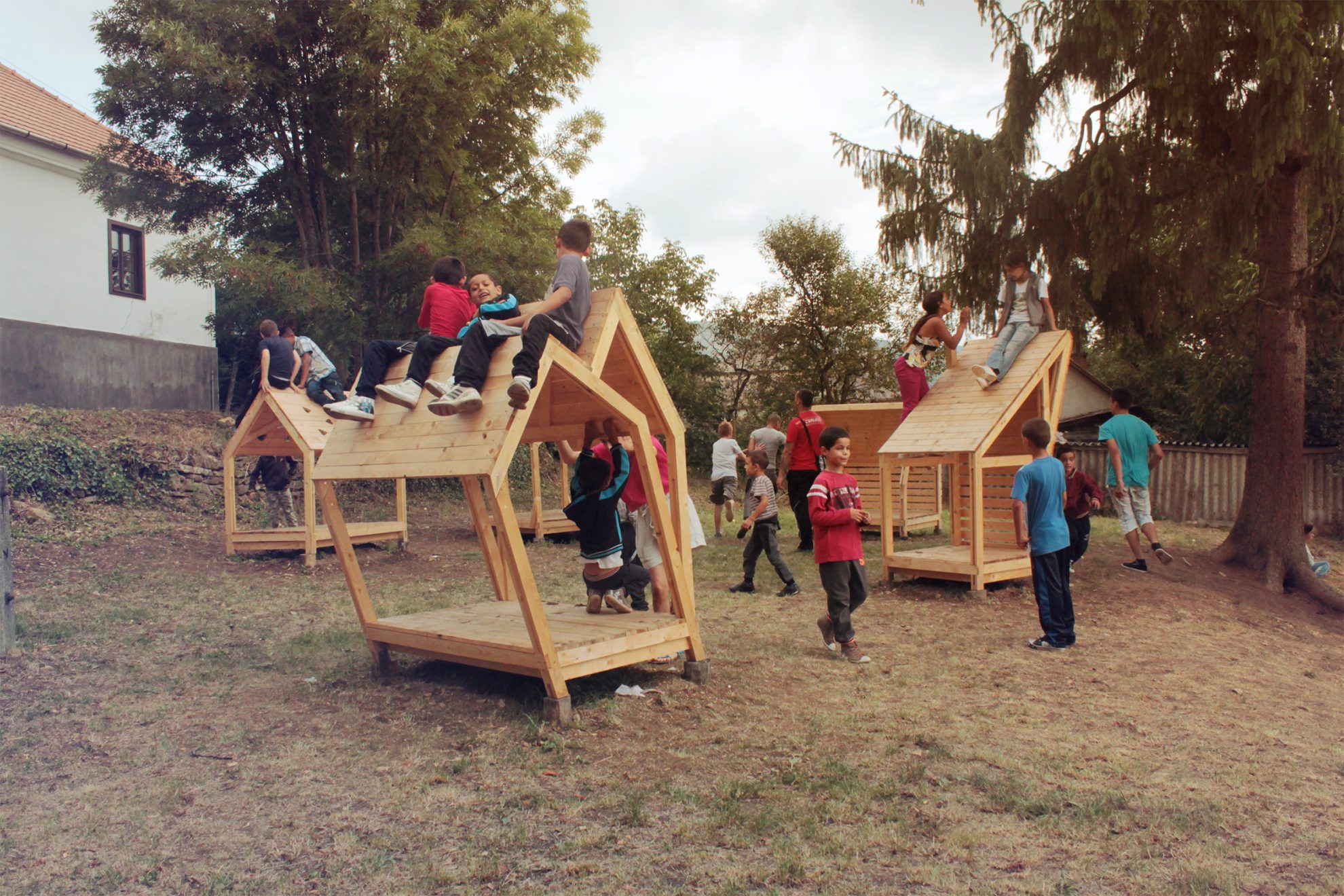
We are talking about a network of universities: how can the students join the activities of Social Design Network?
R. SZ.: The importance of including university students and the participants of social design is obvious for the members of the network – this is an aspect that also has a distinctive power.
It is not an academic network exclusively, but a network of people with a similar mindset, who want to do something.
Inclusion is at the core of social design, and so it is also one of the basic principles of the network. We still have to develop the manner and steps of inclusion, currently we are trying to formulate and synthetize principles and goals, and develop scenarios for the different points. So far, we talked about including students and participants – related disciplines, members of target groups – with jointly launched simultaneous courses and projects, in the form of lecture series or an online roadshow.
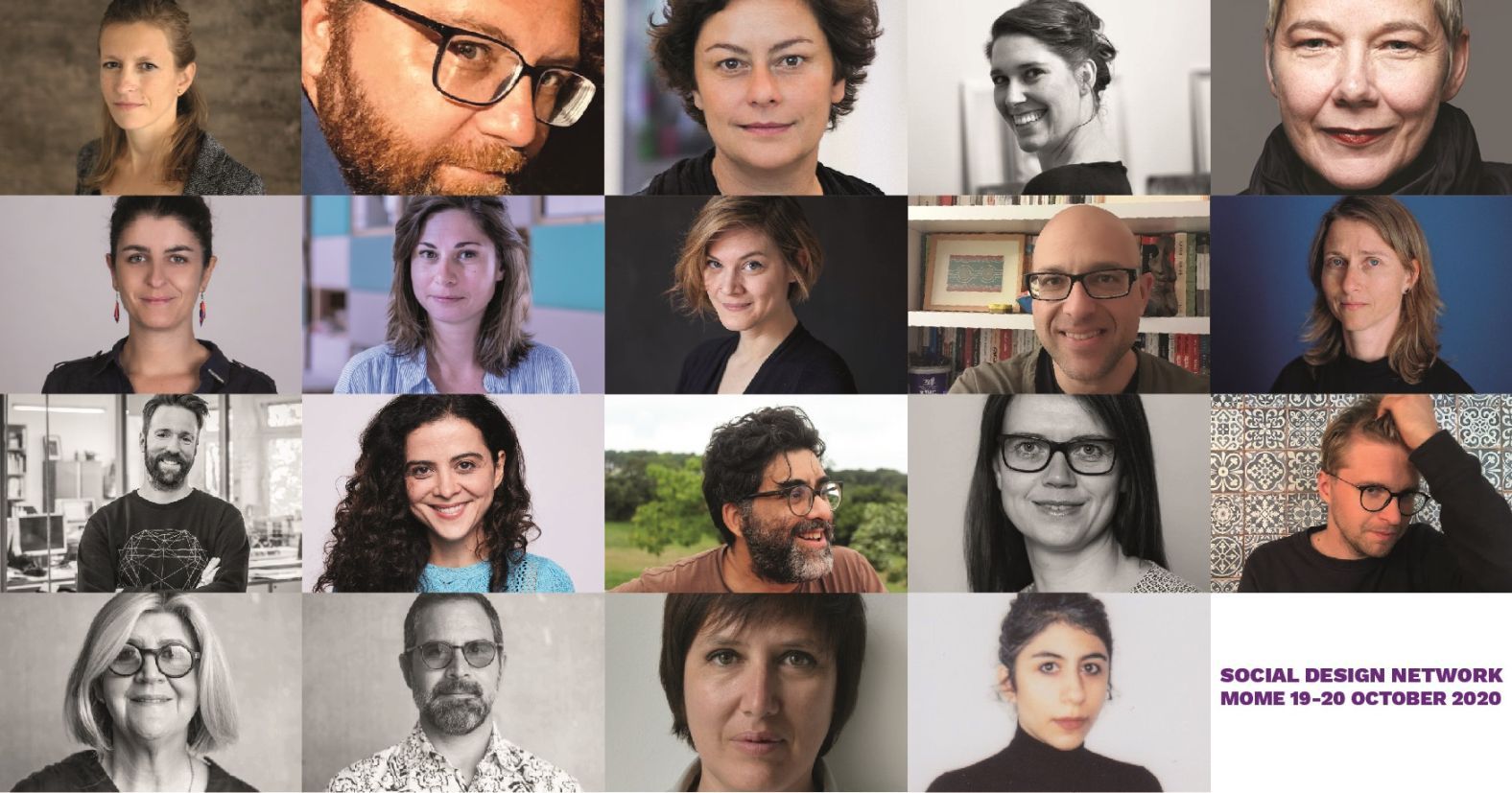
What’s the next step?
R. SZ.: At the moment we are working on defining the topics and working groups along which we will proceed in 2021, and are examining the unified sub-targets and desires within the team. We put the focus on having a clear vision of the 2021 milestones and activities.
The partners of Social Design Network:
Central Saint Martins University of the Arts London, London (UK) | Elisava Barcelona School of Design and Engineering, Barcelona (S) | Estonian Academy of the Arts, Tallinn (ET) | Free University of Bozen-Bolzano (IT) | Hadassah Academic College, Jerusalem (ISR) | Hamburg University of Applied Sciences, Hamburg (D) | Moholy-Nagy University of Art and Design, Budapest ( HU) | Royal College of Art, London (UK) | Sint Lucas School of Art, Antwerp (B) | Universität Der Künste, Berlin (D) | Willem de Kooning Academy, Rotterdam (NL)
MOME | Web | Facebook | Instagram
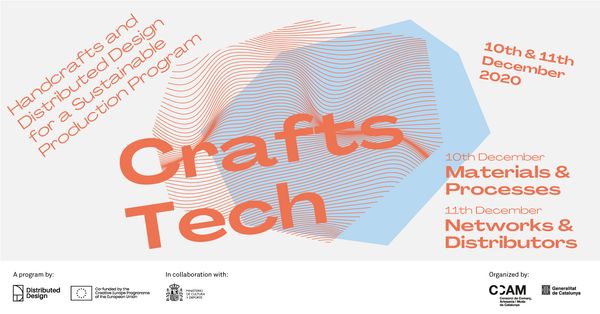
Sustainable production technologies | Crafts TECH

Holiday book review with spectacular visuals
